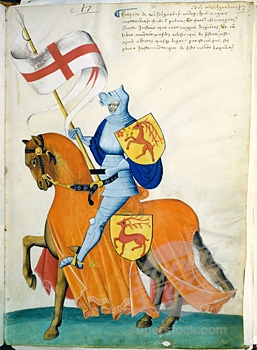The practical study of dressage can be divided into a threefold practice of: ethical, technical and reflective dressage.
Ethical dressage refers to the manner of practicing so as to not create harm to the horse/ human ensemble, so as to be of benefit to both beings. In this we produce a true calm based on trust.
Technical dressage is at once knowledge and insight of the mechanics and psychological principles added to a path of an almost contemplative learning. This part is the study and reflection in which the practitioner explores the nature of reality for the horse and human. Here we discover a gentle and free forwardness.
Reflective dressage is the development of mindfulness and practical awareness. It is the practice of the centaur, which is a natural process of allowing oneself to rest in harmony with the physical and mental movements of the horse/human ensemble. Here we discover straightness free of aggression which rests in trust and kindness.
In the art of dressage, we seek to join the movement, and the moment in time with the principles which are always in play. We examine the nature of the psychological environment (thoughts, emotions, and physical sensations) and try to discover the inherent harmony which underlies the unity of being in the horse and human. Here is the lightness which is free from any doubts.
In the high art, dressage is a practice based on real experience, rather than on blind belief or theoretical abstraction. It is never about schools or methods. It is always about the quality of life expressed in the combined experience of the horse and human.
It is not just about the riding but about the whole equestrian experience. It includes work in hand, daily care, grooming and any time and place where we come into contact with the horse.
The joining together of all three aspects in a living practice creates something more than the sum of the parts. It produces the centaur; a mythical creature who is half human and half horse.
While the centaur maybe mythical, the centaur effect is not. Many people who have worked closely with the horse have had glimpses of this effect but the glorious art of dressage is the science of this divine art. It is both teachable and learnable but understand that because it is basic and simple does not imply that it is easy. It is however most worth the effort.
This centaur effect, real and trainable is the gold of equitation. It appeared before the Italian Renaissance and continued forward in certain lineages of masters, orally transmitted from master to student. It ebbed and flowed throughout the history of dressage. In modern times this oral education has all but been lost and the best we can see is in the written works of a few old masters.
While real dressage is not served well by a written tradition, and it is all but lost, it can nevertheless be found by the heart which is true. Quality which is present in the daily practice is the only true way to find this path.
The outlines of the path are etched into the heart of a true horse person. We always behold our own nobility in this dressage for when we find this in ourselves, we find it in the horse and no matter which way we find goodness (in us or the horse) we once again find the old and noble dressage.


Recent Comments